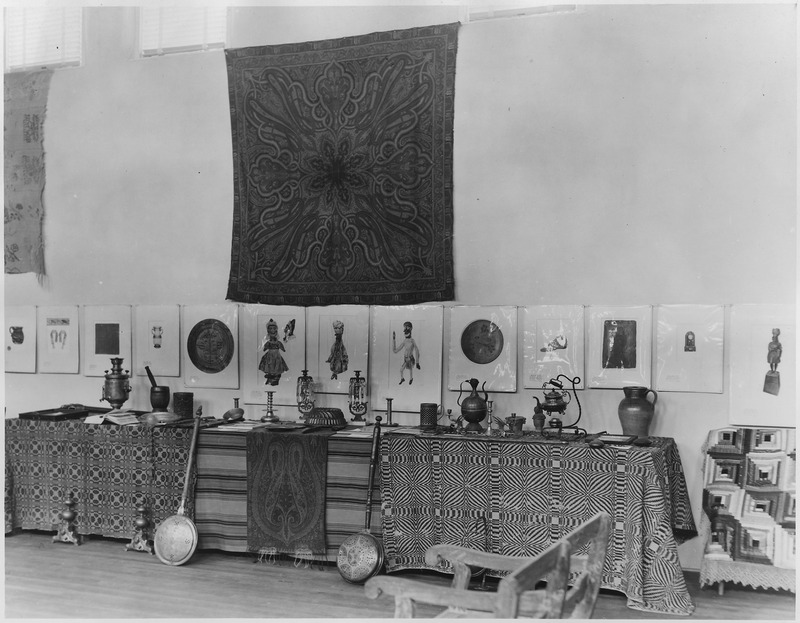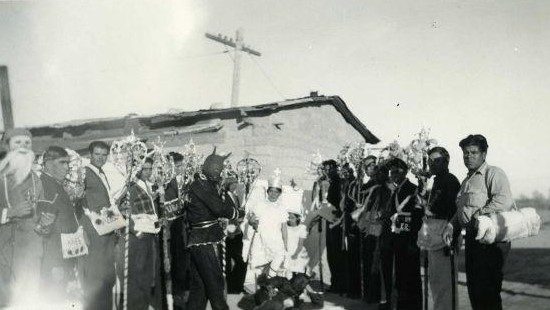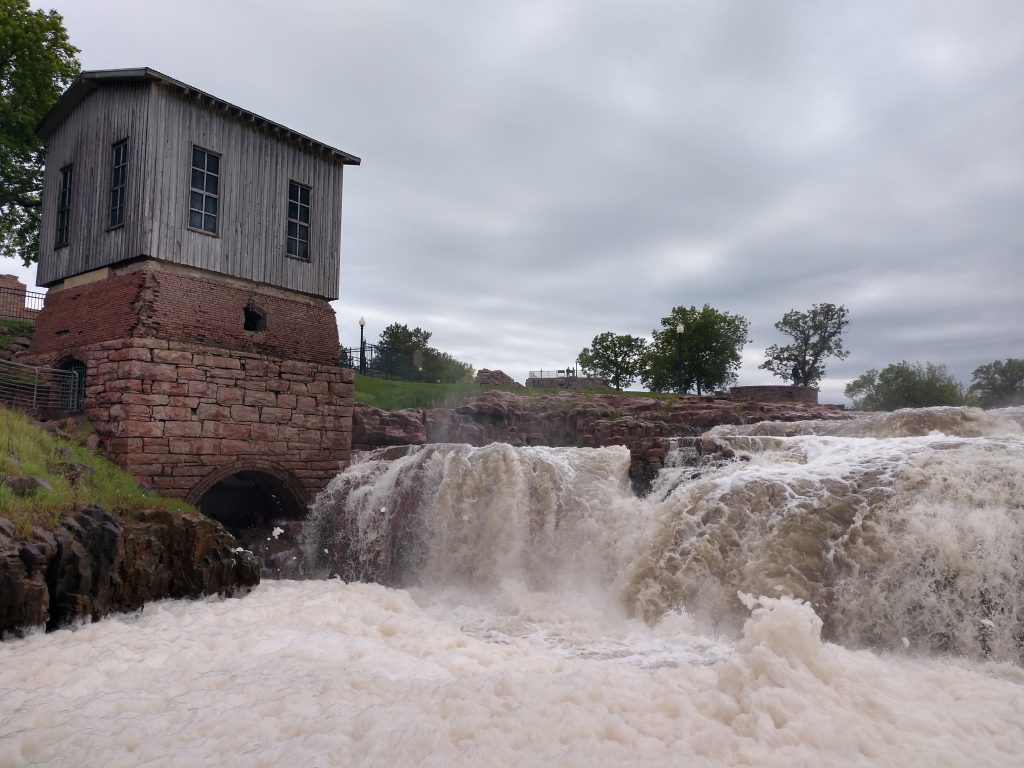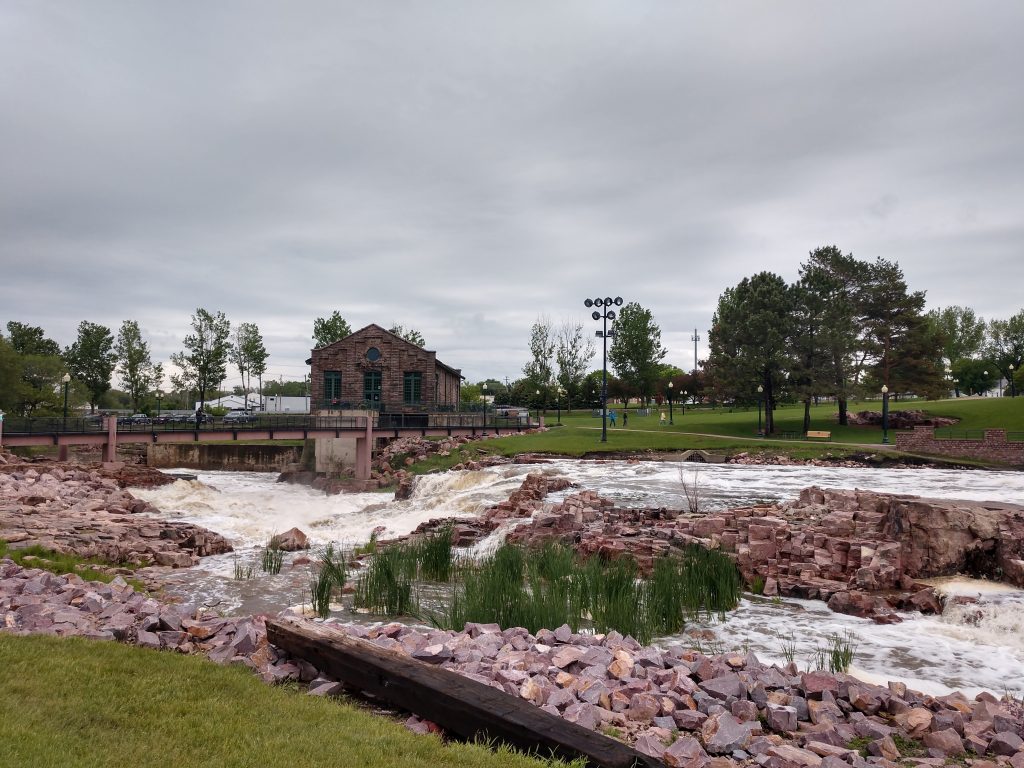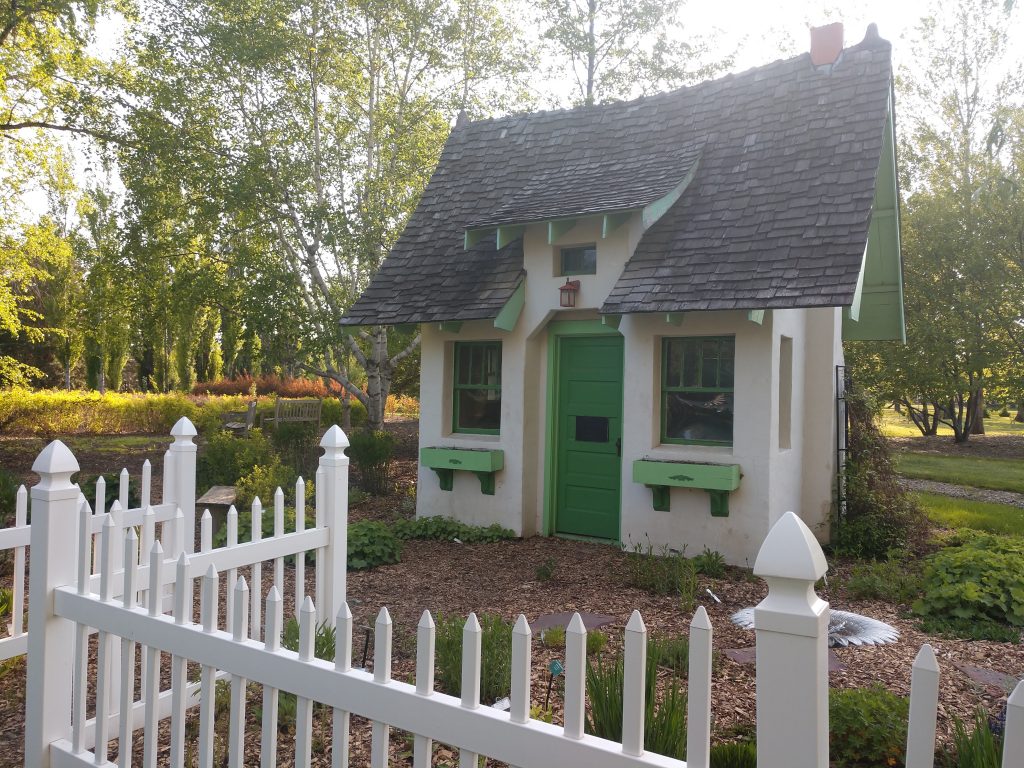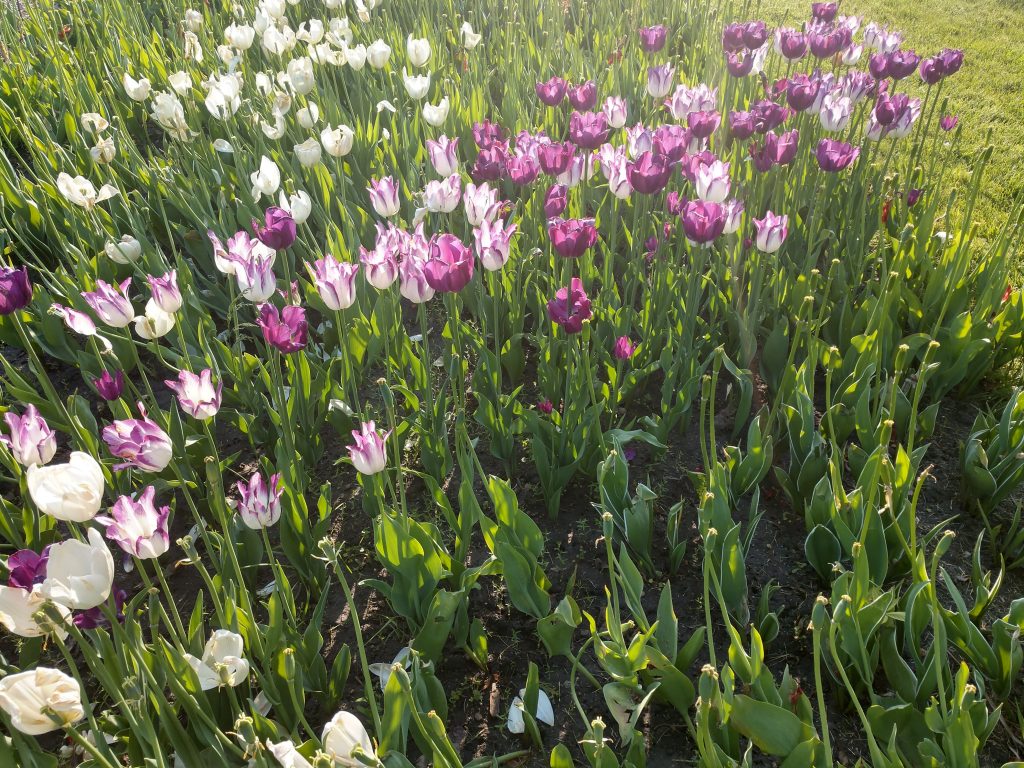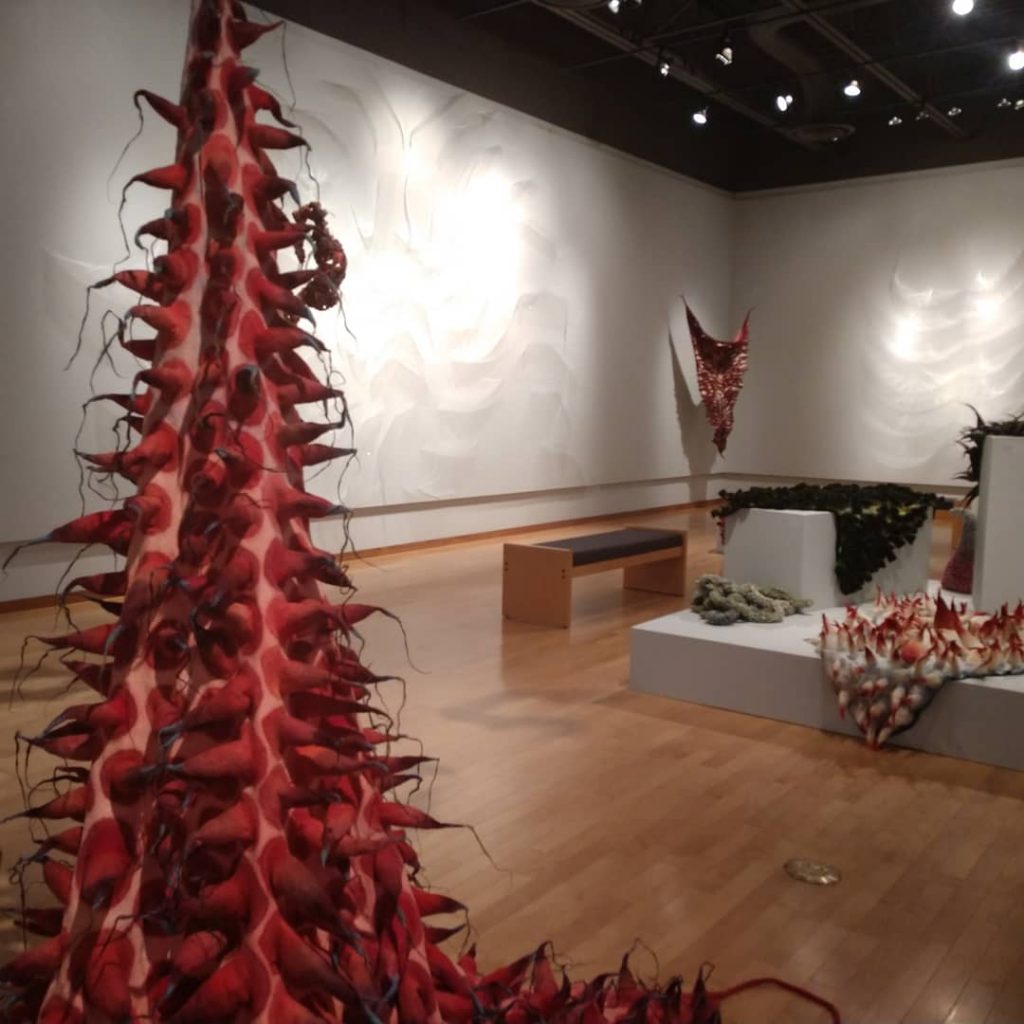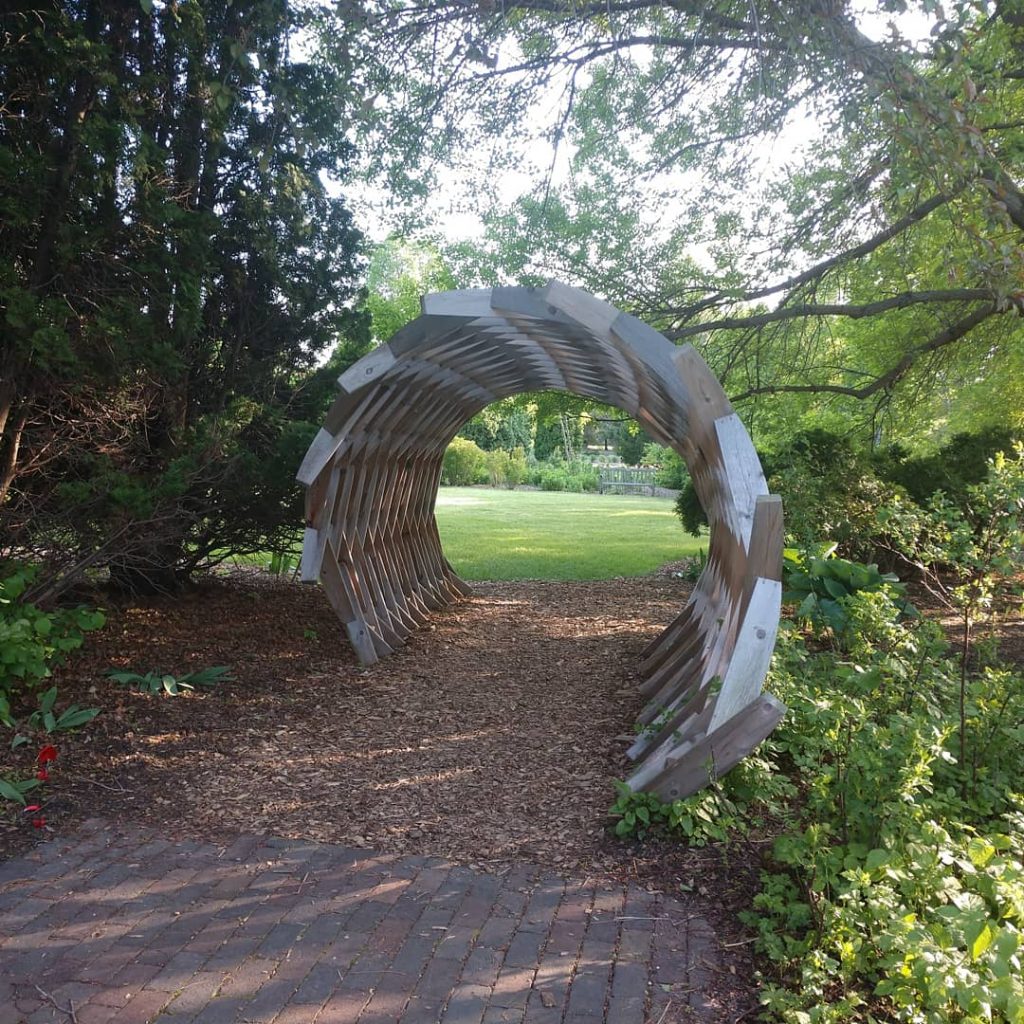May was a busy month for me in the conference realm. After taking a hiatus in 2018, I returned to presenting and networking with two wonderful sessions. Since I’ve already discussed the first conference, Making History Public(s), today I’ll talk about the second one, Staging the Space Between, 1914-1945, which took place at South Dakota State University between May 30-June 1.
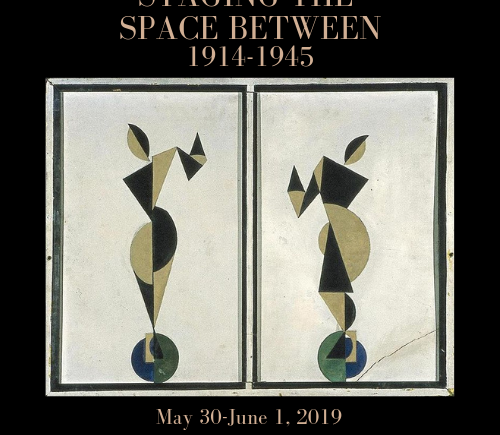
This session acts as the annual conference for the Space Between Society, an academic association that focuses on the art, literature, and culture of the interwar period. Whereas Making History Public(s) was geared exclusively toward graduate students, the presenters at the Space Between were a mixture of professors at different stages of their careers, as well as graduate students. The membership is also transnational, with participants hailing from the United States, Canada, and the United Kingdom. As a result, I was able to network with students and faculty alike, and share my ongoing research with professionals working both in and outside the United States.
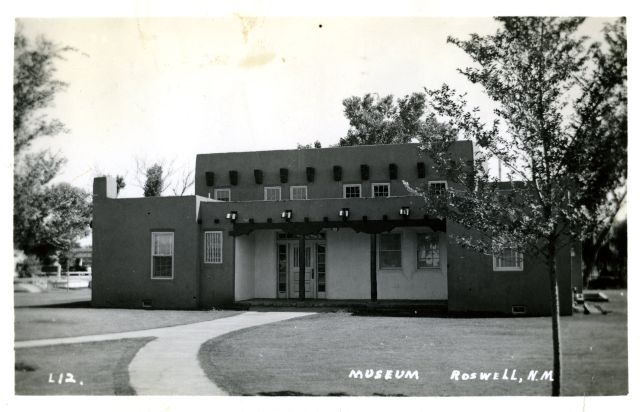
The theme of the conference was staging, literally and metaphorically. My paper focused on the Community Art Center Project as local and national space, with the Roswell Museum serving as my primary case study. I essentially presented a condensed version of the paper I wrote for my independent study, which focused on the tensions between the museum’s FAP staff and its local sponsors. For me, the Roswell Museum offers an excellent opportunity to explore the practical and conceptual challenges of implementing programs like the Community Art Center Project in places that already have their own conceptions of education and culture. It’s one thing to read about the educational initiatives of Holger Cahill and other FAP administrators, but it’s an entirely different matter to see how these ideas actually manifest in art centers, and more importantly, how people respond to them. To fit the conference theme, I argued that the Roswell Museum itself acted as a stage for the performance of different educational philosophies as manifested through exhibitions, classes, and special programs.
In addition to meeting a wide range of scholars, I also gleaned helpful ideas or frameworks for considering my future research. One theme that emerged frequently was the idea of embracing the ephemerality of performance as a means of interpreting incomplete archives. The keynote speaker, Claire Warden, argued about the merits of learning from failure as encountered through recreating historical performances, and the information we can learn from embodied experience. Even if we can’t recreate a historical dance, play or performance with 100% accuracy, we can still receive insight from the experience of trying to recreate it, particularly through the ways it challenges us to read deeply into extant documentation such as photographs or letters.
As mentioned in a previous post, I’ve been thinking a lot recently about the challenges of working with incomplete archives and approaching speculation without overshadowing the voices you were trying to represent. Beyond dealing with archives, however, the keynote and other talks encouraged me to think of the museum as performance, not only through overt performances such as the staging of the mystery play Los Pastores in 1938, but also through the mounting of exhibitions, classes, and other activities. While the performative nature of museum attendance and exhibition staging has long been noted, it’s helping me to think about my materials from a different perspective, which is always a good thing.
This was a full conference, so I didn’t do as much exploring as I normally like, but I was still able to get out and about. Since I flew into Sioux Falls, I explored this area before heading to the conference, specifically by visiting Falls Park. This area was an important source of hydroelectric power during the late 19th century, and remnants of this early industrialization are still present in the landscape, from the power plant that has since been converted to a cafe, to the ruins of a flour mill that burned down in the 1950s. As I read about the terraforming that took place to this area to accommodate power, I kept thinking about environmental histories such as Nature’s Metropolis and the interconnectedness between nature and civilization.
The university is also very nice, with a strong agricultural focus. I only saw a small part of it, but I liked what I saw, including the art museum, and the McCrory Gardens, which I walked through before driving back to Sioux Falls.
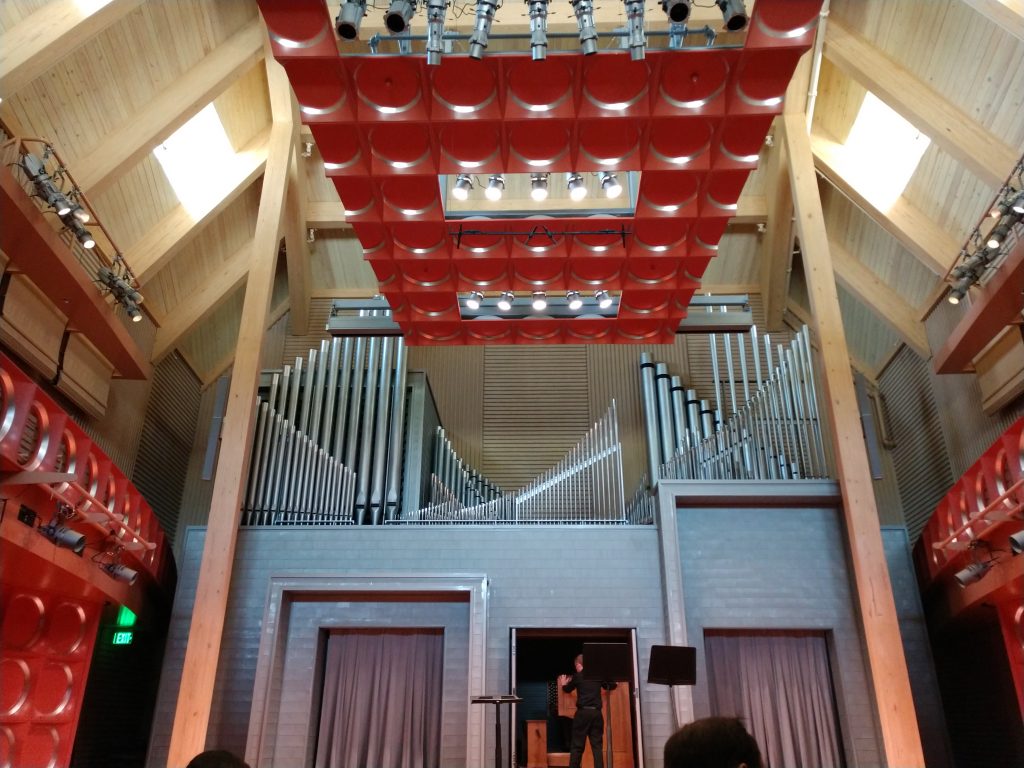
Overall, I had a very positive experience. It was encouraging to have so many established faculty express interest in my work, and it was a great opportunity to both network and be introduced to new works and ideas, all of which will benefit my future research. I feel particularly fortunate to have been able to present so early in my time at William and Mary, as I know the connections I’ve made here will benefit me for years to come.
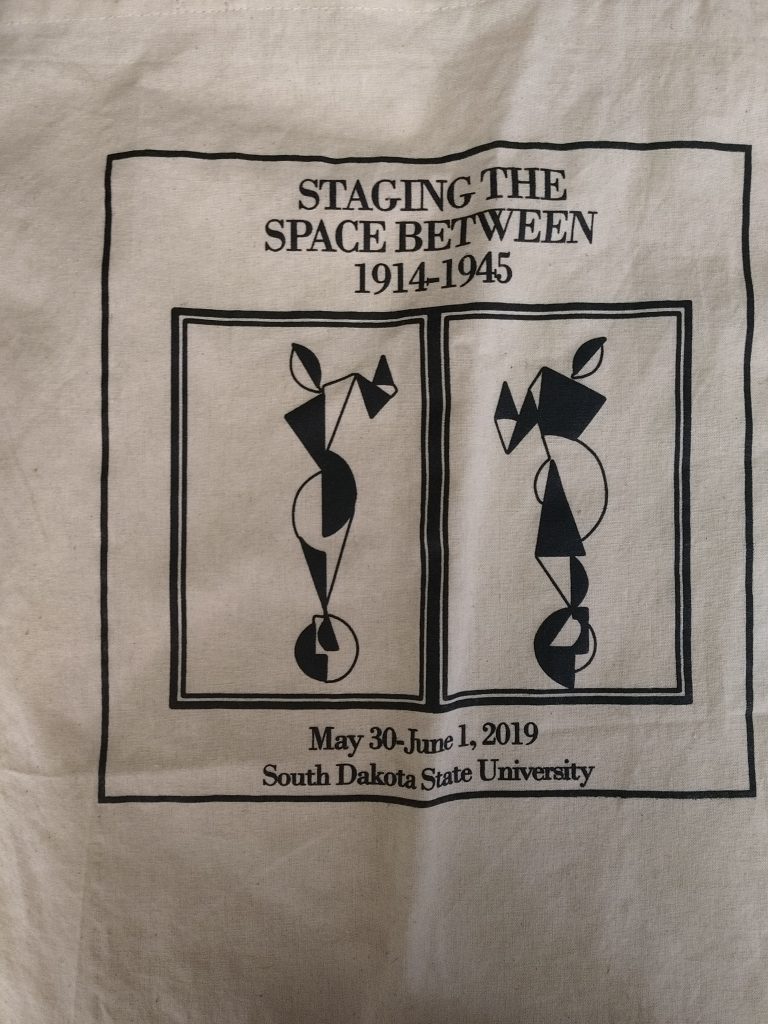
Plus you can’t go wrong with a conference that gives you a free tote bag.
